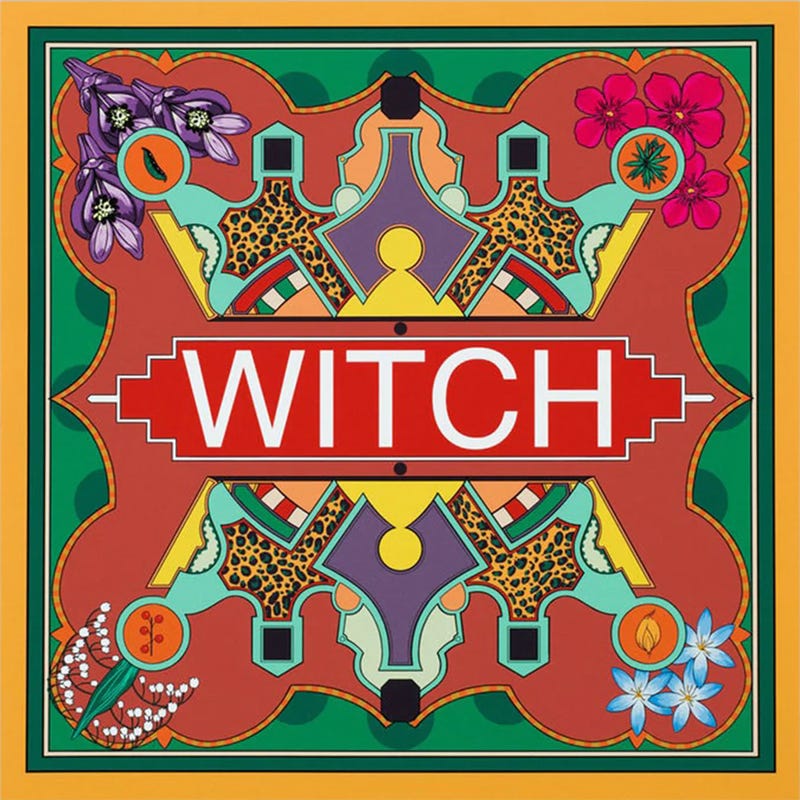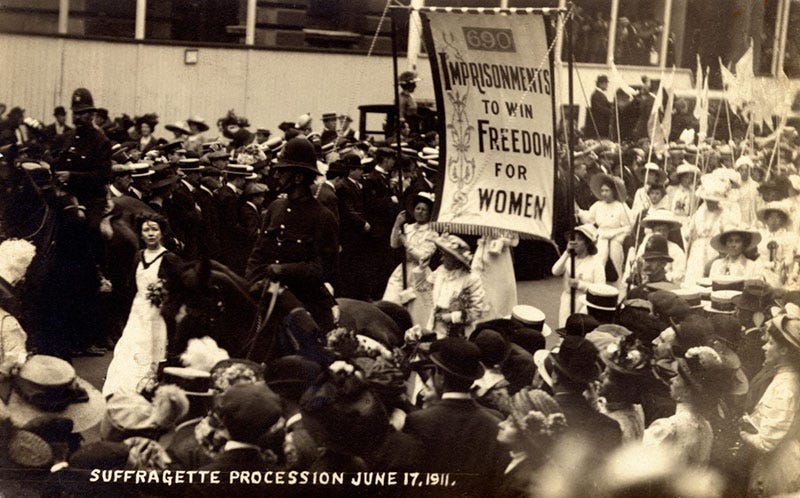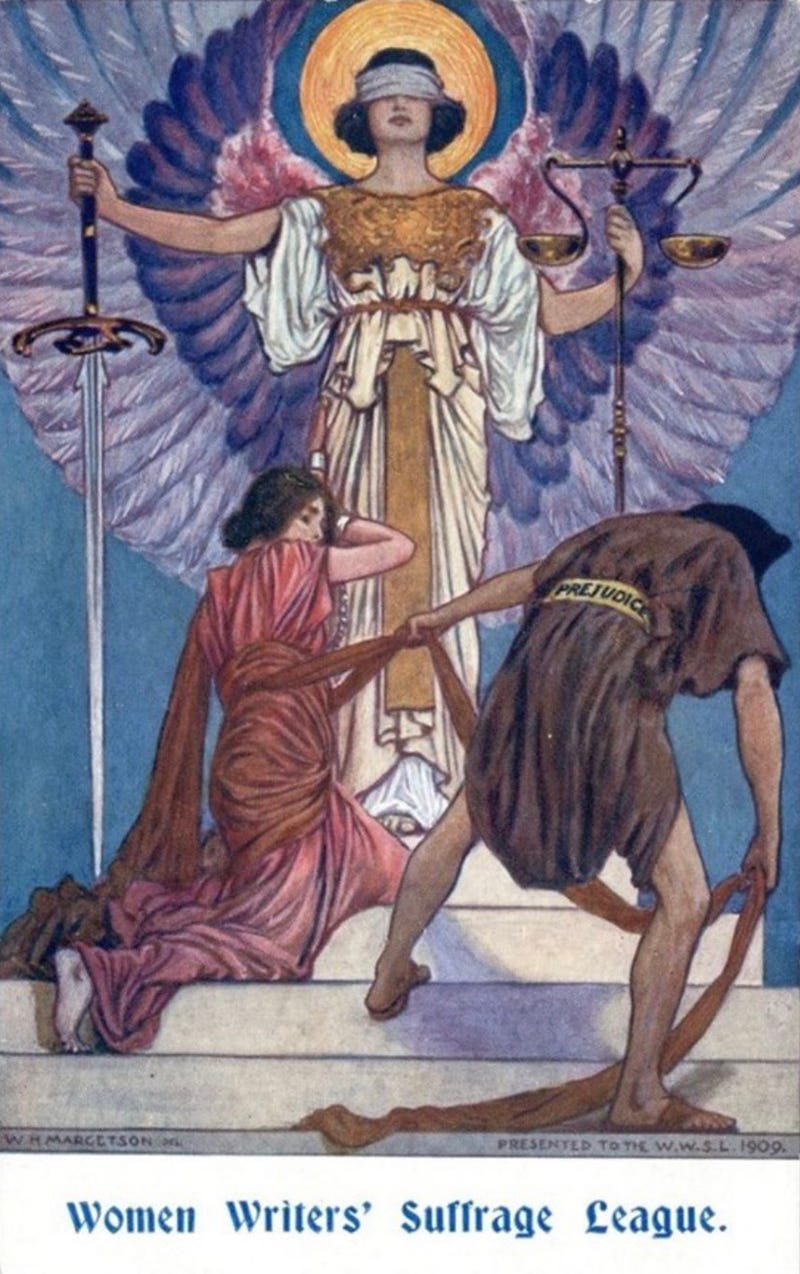Issue 25: reclaiming the words designed to demean us
How contemporary creators – and campaigners of the past – have turned insult into inspiration.
I spotted Cailin Moran bestowing an honorary hagship on one of her readers on Twitter the other day.
It immediately reminded me of the passages from which the title is borne, in her 2021 manifesto/memoir, ‘More Than A Woman’.
In the book, and those particular passages, 47-year-old Moran revels in her newfound “hag years”.
“Middle-aged women, you are just about to be born again – for the second, or fifth, or ninth time so far in your constantly inventive life – and what I have realised is that, this time around, you’re going to walk the earth as a Hag. These are your Hag Years, and they are glorious.”
She elaborated further on the point in an interview on Fearne Cotton’s ‘Happy Place’ vodcast/podcast:
CM: The thing I’m really concentrating on now is trying to get more excitement for women of my age about our older years and reclaiming words like ‘witch’ and ‘crone’ and ‘hag’.
FC: Oh, ‘witch’ is my favourite word!
CM: Yes, because it's supposed to be a pejorative, right, but… they are such badasses… they know how to brew alcohol, they know medicines, they surround themselves with animals… and they hang out with the rest of their coven and cackle into the night. That's everything I’m doing with my friends, my life.”
Another artist trying to reclaim ‘language used to demean, dehumanise, and destroy women’ is illustrator Rebecca Strickson.
I’ve got one of Strickson’s pieces framed on the wall of my office. It’s an embroidered patch that says ‘witch’. (It’s currently sold out – sorry!)
It’s based on one of a series of four prints she designed to mark International Women’s Day a few years back. (“I like to create a series or at least one print to celebrate IWD every year,” she says.)
Strickson’s series – also featuring ‘siren’, ‘bitch’, and ‘harpy’ – came from “a desire to reclaim words that for so long have been used to dehumanise and attack women”.
“We all know these words and how they’re used to describe women who are too loud, too much, and yet never enough,” she says.

“I always want to try and raise awareness of stuff important to me and hope that it resonates with people, and they want to either find out more or share an image.
“I’m aware of the limitations of what I can do (but) I know art to be powerful.”
One of my favourite instances of women from the past turning insult into inspiration is the suffragettes.
Broadly speaking, there were two groups involved in the campaign for votes for women – or ‘suffrage’ – in the UK:
the moderate suffragists, who campaigned for the vote for middle-class women via discussion and negotiation
the suffragettes, a more radical group who preferred direct action and encouraged working-class women to join the protest

The word ‘suffragette’ was coined by right-wing tabloid newspaper, The Daily Mail, in 1906. It was meant as a negative term. By adding ‘ette’ to the end of ‘suffrage’, they intended to belittle the movement. But the women liked it and adopted it as their own.
(In 1918, the Representation of the People Act gave voting rights to UK women aged over 30 who met certain property ownership criteria. It wasn’t until the Equal Franchise Act of 1928 that women got the vote on parity with men.)
I’ll finish today with something that unites the three snippets above – writing, art, and the campaign for votes for women.
I couldn’t hit the Twitter like button fast enough when I saw this beautiful image shared by academic, writer, and broadcaster, Dr Janina Ramirez.




